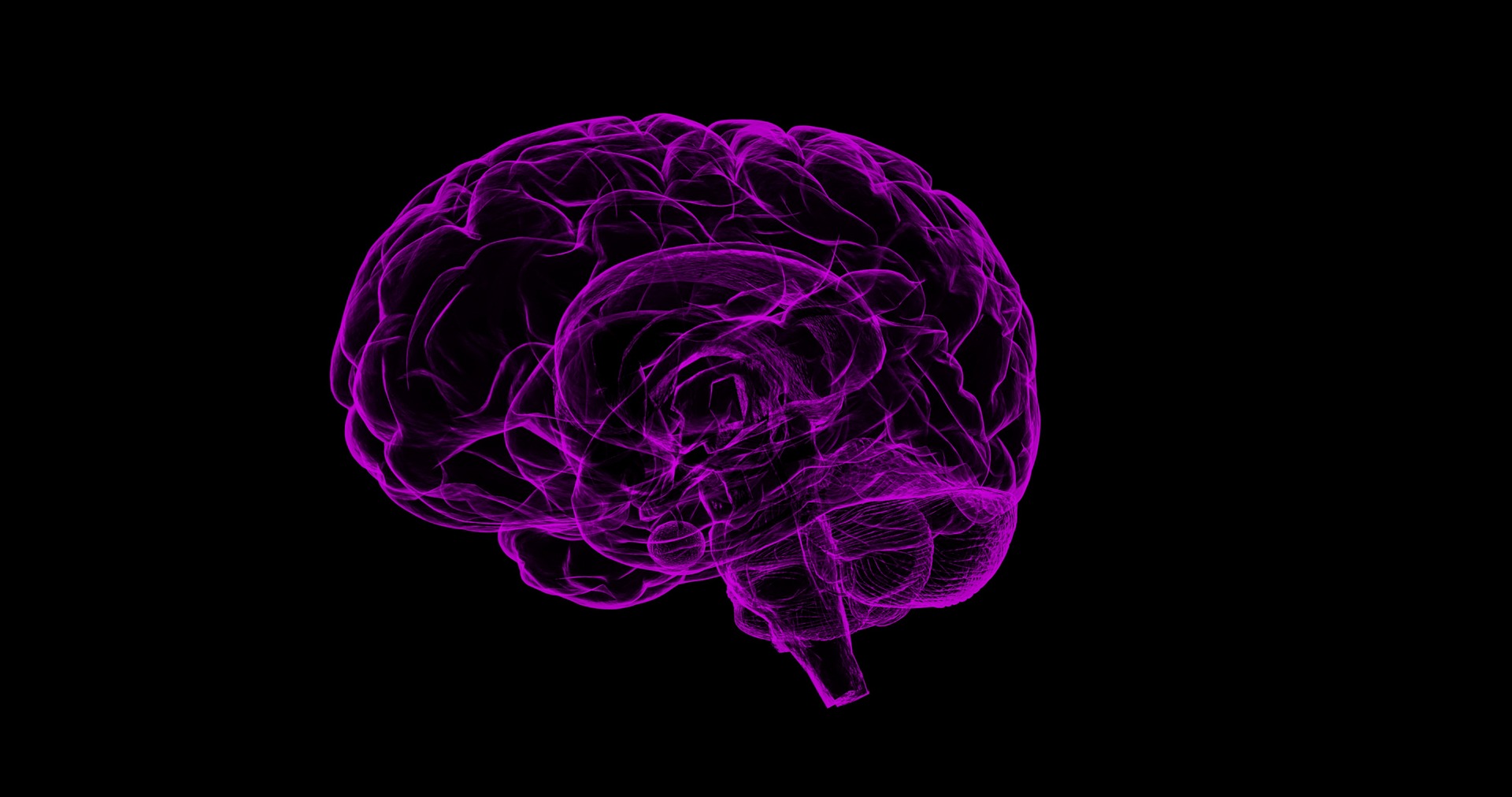Making an accurate diagnosis of Parkinson’s disease (PD) is critical for patient counseling and therapeutic management. The methods for diagnosing PD are limited by the lack of definitive diagnostic tests. Despite all the recent advances in imaging and genetics of parkinsonian disorders, the diagnosis of PD remains primarily clinical and is based on nonspecific findings of rest tremor, cogwheel rigidity, and bradykinesia.
The most widely used clinical criteria for the diagnosis of PD are those introduced by the Queen Square Brain Bank (London, UK).1 Numerous studies report that neuropathologic confirmation of a clinical diagnosis of PD may range from 65–93 % depending on the criteria used and the stage of the disease.2,3 However, a recently published study shows that the accuracy of a diagnosis can be as low as 28 %, particularly in patients with disease duration of less than 5 years that have never been treated with dopaminergic medication.4
The differential diagnosis of a parkinsonian syndrome is wide and includes PD, atypical parkinsonian syndromes, i.e. progressive supranuclear palsy (PSP), multisystem atrophy (MSA), and corticobasal basal syndrome (CBS). Additional diagnoses are drug-induced parkinsonism, essential tremor (ET), and secondary symptomatic parkinsonism due to other pathologies such as tumors, cerebral ischemia, or inflammatory diseases.
In clinical practice, conventional magnetic resonance imaging (MRI) is commonly used for the exclusion of symptomatic parkinsonism due to other pathologies such as tumors, cerebral ischemia, or inflammatory diseases and may help to differentiate between PD and atypical parkinsonian syndromes.5 Routine MRI is frequently normal in PD with a minority of the cases showing T2 changes in putamen.6
With the need to improve accuracy of clinical diagnosis, the neurologist has to decide if, when, and which imaging studies to use for a patient with suspected PD. In general, in patients with classic signs of PD (rest tremor, bradykinesia, rigidity), age of onset of symptoms above 50, significant and sustained response to dopaminergic medication, and without any atypical symptoms and signs, such as supranuclear gaze palsy, cerebellar signs, early severe autonomic involvement, and early severe dementia, it is not imperative to perform brain MRI since the accuracy of diagnosing PD correctly is very high, reaching 88 %.4 On the other hand, absence of cardinal parkinsonian signs, appearance of atypical ‘red flags,’ or lack of response to dopaminergic medication should raise the suspicion that the patient does not have PD and raises the need to perform brain imaging. Brain MRI is the first imaging modality to perform, allowing the neurologist to obtain important anatomical information that could help in supporting diagnoses, such as secondary parkinsonism and atypical parkinsonian syndromes.
Changes commonly seen in MRI in the atypical parkinsonian syndromes include midbrain atrophy and ‘hummingbird sign’ in PSP. Putaminal atrophy or hypointensity, ‘hot cross bun’ sign in the pons and cerebellar atrophy are characteristic of MSA, and asymmetric cortical atrophy in CBS. The sensitivity of these signs, especially in early disease isinsufficient. Therefore, a normal MRI scan does not exclude these pathologies.7 Advanced techniques such as MR volumetry, functional MRI, MR spectroscopy, and diffusion tensor imaging, may further assist in the differential diagnosis, but they require further validation and are not routinely used yet.
Limitations of MRI scans in accurately differentiating PD from other etiologies of parkinsonian syndromes occasionally necessitate the use of additional imaging techniques. Dopamine transporter single photon emission tomography (DaT SPECT) is an efficient imaging technique to differentiate between neurodegenerative parkinsonian disorders and some other causes of a parkinsonian syndrome. Selective radioligands target the presynaptic striatal dopaminergic nerve terminals and allow an objective measurement of the nigrostriatal dopaminergic system, making this a biomarker of diseases involving the nigrostriatal pathway.
The predominant pathology in PD is loss of the dopaminergic neurons that project mainly from the substantia nigra pars compacta in the midbrainto the striatum. Imaging of presynaptic neuron integrity, therefore, reveals reduced radioligand uptake in the striatum of PD patients. Frequently, particularly in the early stages of disease, a marked asymmetry of striatal binding is evident, with a more pronounced loss in the striatum contralateral to the clinically more affected limbs.
Previous studies have shown high agreement rates between clinical diagnosis and results of DaT SPECT, reaching up to 90 %,8,9 which questions the need of DaT SPECT as a diagnostic tool especially when taking into account the potential risks for exposure to radiation.
A recently published study analyzed the postmortem substantia nigra cell counts in patients who had previously undergone DaT SPECT found reduced striatal uptake in all patients with neurodegenerative parkinsonism. Striatal dopamine transporter binding highly correlated with postmortem substantia nigra cell counts, confirming the validity of dopamine transporter imaging as an excellent in vivo marker of nigrostriatal dopaminergic degeneration.10
DaT imaging with positron emission tomography (PET) or SPECT can be used to support a diagnosis of dopamine-deficient parkinsonism. Thepresence of reduced radioligand uptake on DaT imaging can help exclude nondopamine-deficient syndromes, such as dystonic and severe ETs, and drug-induced and psychogenic parkinsonism that, on occasion, mimic PD.11 DaT SPECT can also detect subclinical dopaminergic dysfunction making it not only a sensitive tool for the early diagnosis of PD but possibly sensitive enough to depict even preclinical or premotor disease in neurodegenerative parkinsonian syndromes.12
Reports on DaT binding in vascular parkinsonism provide heterogeneous findings. Some authors have reported normal values in patients with suspected vascular parkinsonism,13 while others have found significantly reduced binding values.14 The presence of a rather symmetrical radioligand uptake in the basal ganglia may help to distinguish vascular parkinsonism from PD.
Another limitation of DaT imaging is that the findings observed in PD, and various atypical parkinsonian syndromes, are similar with a marked loss of striatal DaT binding. Therefore, DaT SPECT cannot differentiate PD from atypical parkinsonian syndromes (e.g. MSA or PSP), given a similar nigrostriatal involvement in these diseases.15
In conclusion, MRI and nuclear imaging of the brain may help to establish a correct diagnosis in many clinically unclear cases, thus informing the patient about the prognosis of the respective disease quite early and guiding toward suitable therapies. Brain MRI should be the first imaging modality used, to work up a patient with suspected PD, followed by DaT SPECT. DaT SPECT should not be used routinely, but only in a small selected subgroup of patients where the diagnosis of PD is not clear and to exclude nondopaminedeficient syndromes that mimic PD. The results of these tests could assist in making timely correct diagnoses and managing treatment appropriately.







